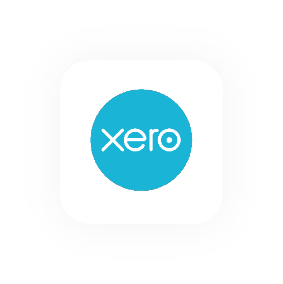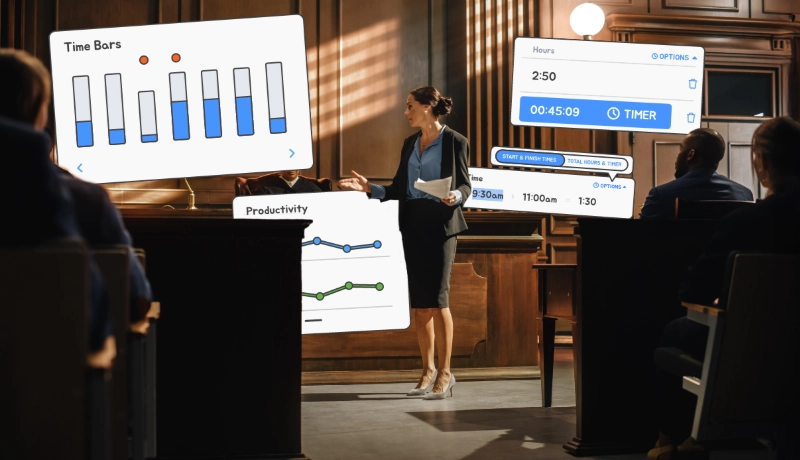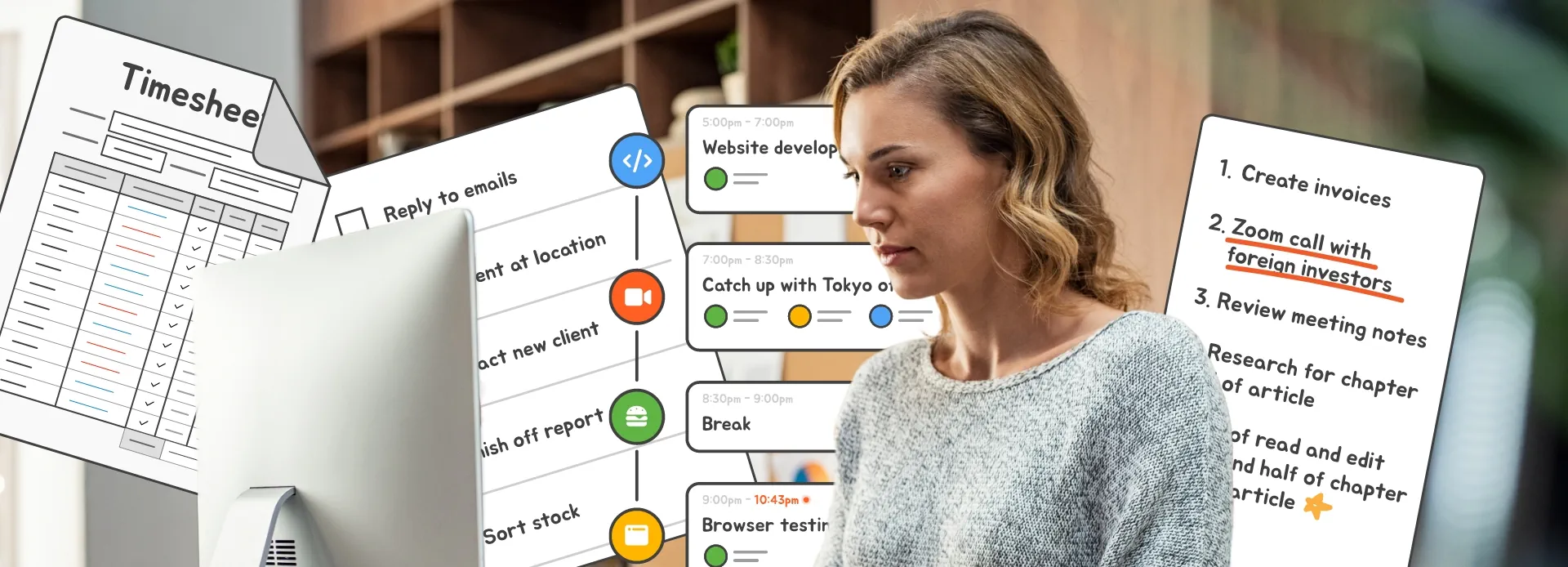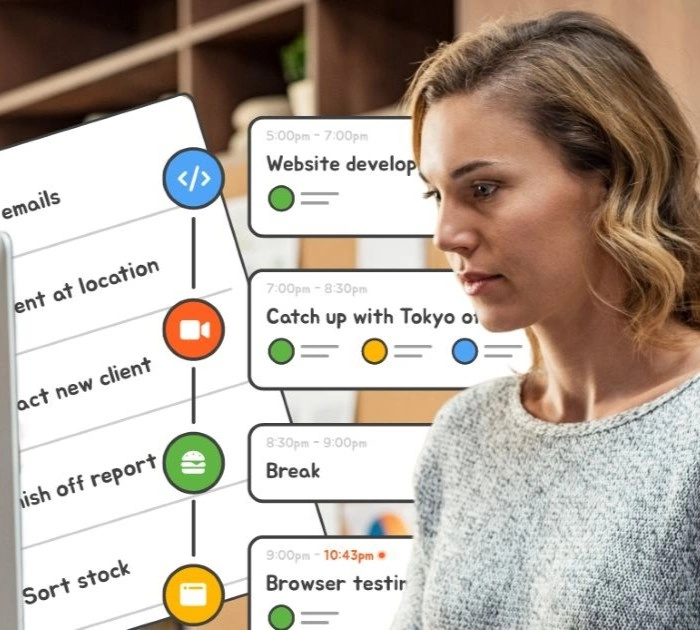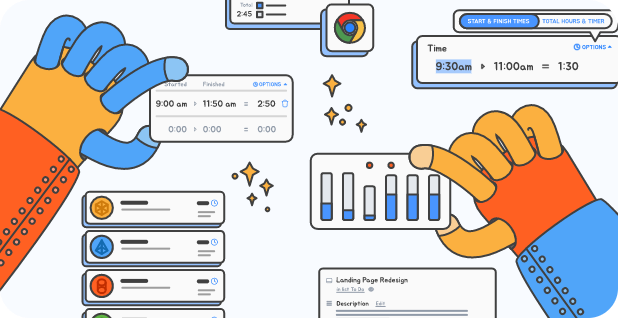Get To Grips With High-Leverage Activities
How to fit more 'high-leverage activities' into your work routine
It is the modern condition to feel incredibly busy yet strangely unproductive. We cross items off endless to-do lists, set agendas, attend stand-ups, only to discover we spent the week creating no meaningful progress. The antidote, perhaps, is to start prioritising a certain kind of task: high-leverage activities. A ‘high-leverage activity’ is work that produces outsized results compared with the effort you invest. Here, we unpack the research behind leverage in work, show how to spot and quantify your own high leverage activities, and explain practical systems for monitoring them in a timely manner - helping you achieve the highest ROI on your limited awake time.

What “Leverage” Really Means in Work
Economist Alfred Chandler argued that organizational leverage refers to amplifying output through better structures rather than brute force. In management literature, high output management - a phrase popularised by Andy Grove - links a manager’s value not to the work they do individually, but how they leverage activities that multiply an entire team’s productivity.
Today, organizational leverage is still about channeling finite resources - time, money, knowledge, energy - toward work with an outsized results profile. When you spot such work, you unlock personal leverage: the ability to create more value with less effort and less time.
The Pareto Lens: Finding the Vital Few
The Pareto principle tells us that roughly 20-percent of inputs produce 80-percent of outputs. In practice, you should hunt for the 20-percent of tasks that drive the biggest leaps in revenue, engagement, learning or success.
- Identify recurring bottlenecks where a small fix frees many people.
- Look for “energy sinks” that absorb attention but generate little measurable gain.
- Map activities that directly build revenue, innovation, or professional relationships, then ask which of them provided the highest ROI.
High-leverage activities provide clarity because the payoff is obvious and measurable. Document them so you can stay focused on what truly matters.
High vs. Low Leverage Tasks - With Examples
| Leverage Level | Typical Activity | Why It Matters |
|---|---|---|
| High leverage tasks | Creating a new onboarding flow that shortens ramp-up by a few days for every new hire | Repeats impact indefinitely |
| Designing an automated report that gives executives real-time insights | Replaces hundreds of hours of manual work | |
| Low leverage tasks | Reactively answering non-urgent emails | Consumes prime energy levels with negligible return |
| Formatting slides that will be seen once | No compounding benefit |
When evaluating, note important factors such as cost of delay, scope of influence, and whether someone else could delegate tasks to free you for higher-value work.
Tools for Spotting Leverage in Practice
- Time blocking. Research in the Harvard Business Review shows scheduling work into specific blocks beats open-ended planning. Assign prime morning awake time to leverage activities so interruptions can’t bleed in.
- Work tracking. Keep a two-week log categorising everything you do; highlight items marked “repeatable impact” or “energy multipliers.” The patterns reveal invisible drains. We know a time tracking app that might help with this…
- Dashboard. A scoreboard or dashboard to display metrics moving because of your effort helps you compare candidate activities objectively.
- Peer review. Ask colleagues which of your outputs make their jobs easier, crowdsourcing high-impact signals.
Delegation as an Engine of Organizational Leave
Delegation is leverage in action: you trade a one-time coaching investment for perpetual gains in team output. A recent Forbes analysis links effective delegation to higher revenue growth and employee engagement. Start by mapping team members strengths; match each task to the person who can execute with the lowest marginal cost. Clear authority boosts confidence, and the manager can now focus on strategy, partnerships and identifying areas of the business that need improving.
Building a Sustainable System
High leverage activities rarely shout for attention; other tasks do. To resist the pull:
- Prioritize tasks before each work day. Record the top three leverage candidates in writing.
- Revisit them midday; if you drifted, use a short walk or quick play break to reset focus.
- Batch low leverage tasks like inbox triage at the end of the day when energy dips.
- Use weekly reviews to celebrate wins and adjust tactics - an effective way to refine your decision making.
Leverage in Personal and Professional Relationships
People often forget that personal and professional relationships are leverage assets. Mentoring promising juniors, strengthening your network, and learning new skills all build relationships that later unlock opportunities, capital and knowledge you could never access alone. It makes sense to schedule recurring one-to-ones - 30 minutes that can return thousands of dollars or priceless insight down the road.
Case Study: High Output Management in Action
Throughout Andy Grove’s leadership of US computing giant Intel, he systematically audited every meeting, asking , “What is the leverage of this activity?” Cancelled meetings were replaced by memos, freeing thousands of collective hours. Surveys showed engineers shipped features faster and felt greater ownership over their work. Intel’s meteoric growth illustrates how to lead through leverage rather than heroics.
Common Pitfalls
- Mistaking activity for impact. A packed calendar can mask chronic under-leverage.
- Chasing every great idea. Validate expected return before you spend cycles on things that sound good but ultimately don’t move your team forward.
- Neglecting recovery. Without sleep, exercise, downtime and social well being, your ability to sustain focus fades and you default to busywork.
Quick Reference Checklist
- Does this activity align with strategic points that drive revenue, innovation or customer delight?
- Will it unlock others’ performance or repeat automatically?
- Can someone else execute faster given their skills or context?
- Is the scope big enough to justify the resources?
- Can you measure improvement in money, satisfaction or saved hours “in a few days” to validate?
If the answers trend yes, you’ve found leverage.
Putting It All Together
High-leverage activity is the critical tool of modern work that actually pushes things forward. By rigorously assessing impact, reach and effort, you direct finite attention toward the actions where every hour compounds. The result: you achieve more value, strengthen your team, and protect the margin needed to create art, think deeply and enjoy life.
True productivity is not about grinding harder; it’s about selecting and protecting the work that will matter tomorrow. Start today: list three high leverage activities, block time for them, and set up simple days tracking to see the delta. In a month you’ll wonder how you ever worked another way - and that’s the first tangible sign of leverage at play.


